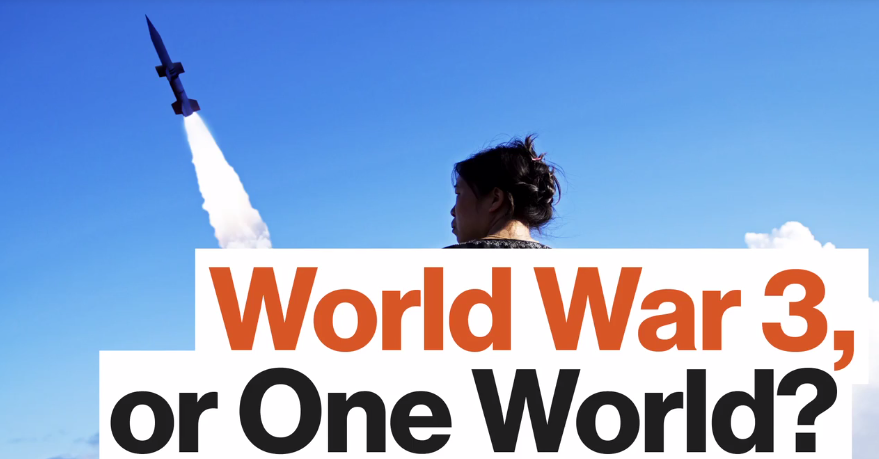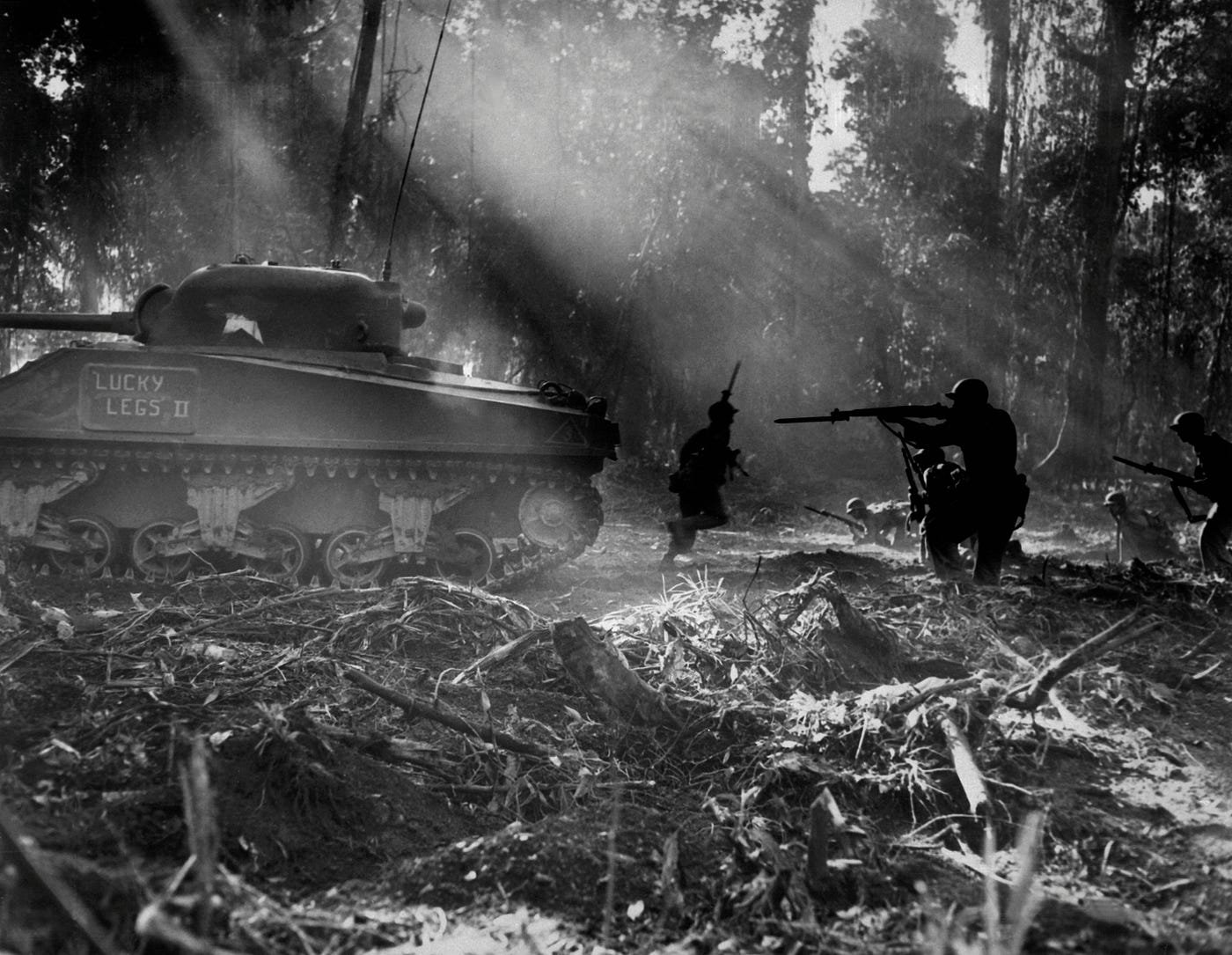


(Britain maintained a large lead over Germany in all categories of warship.) Paul Kennedy has pointed out that both nations believed in Alfred Thayer Mahan's thesis that command of the sea was vital to a great nation.ĭavid Stevenson described the armaments race as "a self-reinforcing cycle of heightened military preparedness", while David Herrman viewed the shipbuilding rivalry as part of a general movement towards war. The naval arms race that developed between Britain and Germany was intensified by the 1906 launch of HMS Dreadnought, a revolutionary warship that rendered all previous battleships obsolete. However, the ultimate causes of the conflict were multiple and complex.
HOW WORLD WAR III BECAME POSSIBLE SERIES
The assassination in Sarajevo set into motion a series of fast-moving events that escalated into a full-scale war. Princip was a member of Young Bosnia, a group whose aims included the unification of the South Slavs and independence from Austria-Hungary (see also: the Black Hand). On June 28 1914, Gavrilo Princip shot and killed Archduke Franz Ferdinand, the heir to the Austrian throne, and his wife, in Sarajevo. 18.10 Cultural, literary, artistic, memorial.

18.9 Popular histories and documentaries.18.8 New weapons, air, tank, gas, submarine.18.7 Infantry and specialty military topics.16.3 Films, plays, television series and mini-series.9.3 Allied victory: summer and autumn 1918.4.3 German forces in Belgium and France.The outcomes of World War I would be important factors in the development of World War II 21 years later. World War I created a decisive break with the old world order that had emerged after the Napoleonic Wars, which was modified by the mid-19th century’s nationalistic revolutions. Germany lost its overseas empire, and new states such as Czechoslovakia, Yugoslavia, Latvia, Lithuania and Estonia were created, or in the case of Poland, recreated. The war caused the disintegration of four empires: the Austro-Hungarian, German, Ottoman, and Russian. More than nine million soldiers died on the various battlefields, and millions more civilians perished. Hostilities also occurred on and under the sea and - for the first time - from the air. On the Eastern Front, the vast eastern plains and limited rail network prevented a trench warfare stalemate from developing, although the scale of the conflict was just as large. Much of the fighting in World War I took place along the Western Front, within a system of opposing manned trenches and fortifications (separated by an empty space between the trenches called the " no man's land") running from the North Sea to the border of Switzerland. The Allied Powers, led by France, Russia, the British Empire, and later Italy and the United States, defeated the Central Powers: Austria-Hungary, the German Empire, Bulgaria a It was a total war which left millions dead and helped to shape the modern world. World War I (abbreviated WWI), also known as the First World War, the Great War and " The War to End All Wars" was a global military conflict that took place mostly in Europe between 19. Western Front – Eastern Front – Italian Front – Middle East – Balkans – Atlantic – Africa - Asia and Pacific Ottoman Empire (entered in late 1914, defeated in 1918) Creation of many new countries in Eastern Europe.Īssassination of Archduke Franz Ferdinand (28 June) followed by Austrian declaration of war on Serbia (28 July) and Russian mobilization against Austria-Hungary (29 July).īulgaria (entered in 1915, defeated in 1917) End of the German Empire, the Russian Empire, the Ottoman Empire, and Austria-Hungary. Clockwise from top: Trenches on the Western Front a British Mark IV tank crossing a trench Royal Navy battleship HMS Irresistible sinking after striking a mine at the Battle of the Dardanelles a Vickers machine gun crew with gas masks and a Sopwith Camel biplaneĮurope, Africa and the Middle East (briefly in China and the Pacific Islands)Īllied victory.


 0 kommentar(er)
0 kommentar(er)
